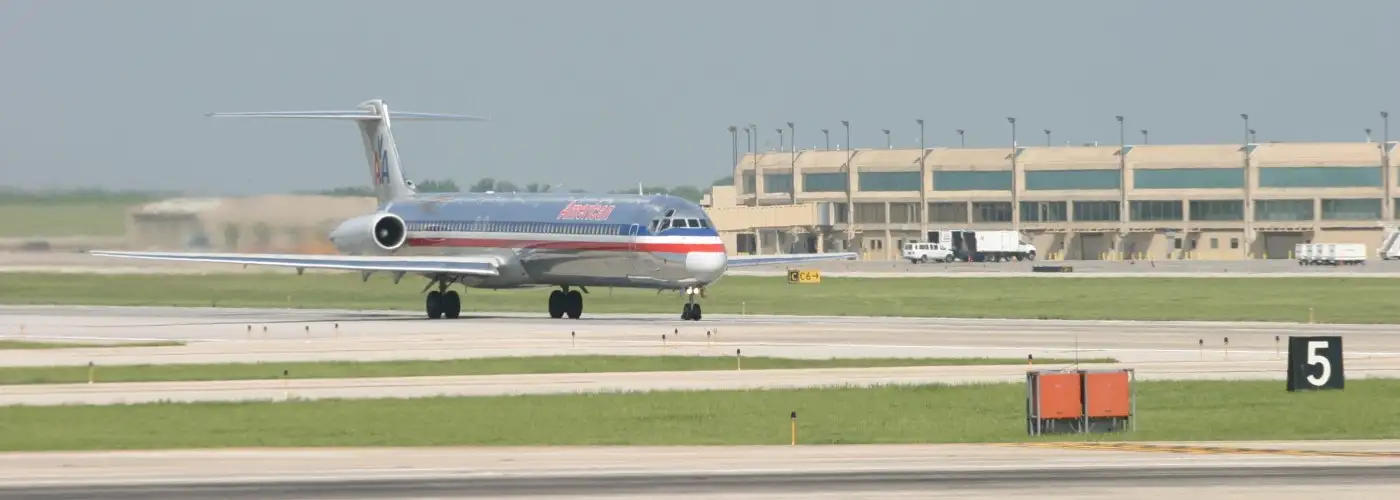Want to receive stories like this every day? Subscribe to our free Deal Alert newsletter!
American’s fares no longer appear on Expedia and Orbitz, and they’re being suppressed by Sabre (but not, so far, by Travelocity). On paper, this seems, and perhaps is, a pretty bad situation for American. It’s locked out of a big chunk of the online travel marketplace, in one case (Orbitz) by its own choice, but largely because online travel agents (OTAs) are peeved at American for trying to change their business model. American wants to jettison global distribution systems (GDS), which transfer fares and transactions between airline and travel agent, with a direct connect model in which travel agents retrieve fares straight from the airline.
But while the Expedias and Orbitzes of the world allow American to compete side-by-side with its peers, losing those outlets may not have as significant an impact on the airline’s bottom line as people think. A recent New York Times article on the subject pointed out that inventory sold on OTAs aren’t exactly high-revenue bookings. These tickets “tend to be low-priced tickets sold to leisure travelers,” according to the Times, and on average, fares sold by web agencies are 45 percent cheaper than fares sold by offline agencies.
Selling a ticket on an OTA is also more expensive for an airline than selling one itself. The combined cost of selling a ticket via an OTA, says the Times, is between $10 and $12. This includes global distribution system fees and agency incentives. Compare that to the $2 or $3 in administrative costs for tickets sold on American’s site, and the OTA proposition becomes less appealing.
The same Times article says OTAs provide around 17 percent of total revenue for the airlines that use them, compared to 25 percent from airlines’ own sites and 53 percent from offline agencies. 17 percent is significant, sure, but is it worth the trouble?
The answer, increasingly, seems to be “maybe not.” Remember that days after American pulled its fares from Orbitz, Delta yanked its product from three smaller OTAs: CheapOair, Bookit.com, and OneTravel. Delta explained the situation by saying it aspired toward an “Apple store approach,” which would focus sales on Delta.com while making fares available to a select few other outlets. This could also be called the Southwest.com approach, as Southwest fares can only be booked on the airline’s website.
Delta’s move, more than American’s, suggests airlines are beginning to think they can go it alone. After all, why pay exorbitant fees to have another company sell your cheapest product when you can just do it yourself? Airlines may be realizing that, in this increasingly Internet-savvy age, travelers can and will find their way airline websites. Metasearch, too, eliminates the need for passengers to use OTAs to compare fares. Essentially, OTAs are not, well, essential to the business any more.
But they are huge, and popular, and so it’s far too soon to sound the alarm. And that’s good news for consumers, because OTAs do play an essential role in keeping fares transparent and competitive. But as important as OTAs are to the customers, airlines are perhaps more important to the OTAs. After all, no airlines means no fares, and no fares means … well you get the idea.
We hand-pick everything we recommend and select items through testing and reviews. Some products are sent to us free of charge with no incentive to offer a favorable review. We offer our unbiased opinions and do not accept compensation to review products. All items are in stock and prices are accurate at the time of publication. If you buy something through our links, we may earn a commission.
Related
Top Fares From
Today's Top Travel Deals
Brought to you by ShermansTravel
France: 8-Night Paris, Avignon & Nice...
Infinity Worldwide Vacations
 vacation
$2880+
vacation
$2880+
Poconos: 3 Nts in Garden of...
ResortsAndLodges.com
 hotel
$305+
hotel
$305+
7-Nt Canada & New England Cruise,...
Princess Cruises
 cruise
$839+
cruise
$839+




